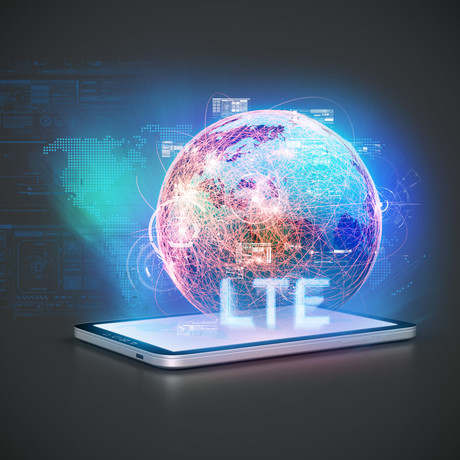Murus and Zetron team up on LMR/LTE research

Zetron and Murus Cybersecurity have partnered up to conduct LMR/LTE research funded by the Department of Homeland Security (DHS) Science and Technology Directorate (S&T).
The Small Business Innovation Research (SBIR) program for new research is to be conducted on Land Mobile Radio (LMR) Project 25 (P25) and Long Term Evolution (LTE) Mission Critical Push-to-Talk Interface Service.
This in-depth research planned by the two organisations aims to uncover the true state of relevant standards and identify key gaps where new standards are needed. Additionally, the companies plan to further collaborate on technology development for prototypes of proposed solutions in subsequent phases of the project.
“LTE and mission-critical push-to-talk technology has the promise to bring enormous benefits to first responders, enabling them to react to emergencies more quickly and safely,” said Gary Schluckbier, Managing Director for Murus Cybersecurity.
“But these complex technologies could also potentially inhibit communications, as has been the unfortunate reality in past generations of new communications. Murus is excited to partner with Zetron in supporting S&T’s requirements to develop technology that will enable a standards-based Interworking Function (IWF) to seamlessly and securely connect first responders across disparate technologies and carriers.”
The need for situational awareness among users of disparate systems and technologies is increasing, and so is the demand and subsequent development of interoperability solutions. These will enter the market with or without standards in place to guide them. Historically, proprietary solutions emerging in the absence of standards have significantly hindered longer-term progress in building pervasive interoperability across communications platforms.
“Public safety communications is transitioning from narrowband LMR to broadband LTE,” said Randy Richmond, Standards and Regulatory Specialist for Zetron.
“But this transition will take time, so while the need for LMR/LMR interoperability is prevalent today, there will have to be LMR/LTE interoperability in the short term and cross-carrier LTE/LTE interoperability in the future as the newer technology pervades.”
Please follow us and share on Twitter and Facebook. You can also subscribe for FREE to our weekly newsletter and bimonthly magazine.
Smartphone microphones used for disaster search and rescue
The method is effective for locating victims buried under debris or soil caused by earthquakes or...
Acoustic sensor tech detects drones outside line of sight
Unlike purely optical and radar-based methods, which rely on line of sight, the technology...
UQ drone platform to help Aust research soar
The University of Queensland Drones Collaborative Research Platform offers both aircraft...



